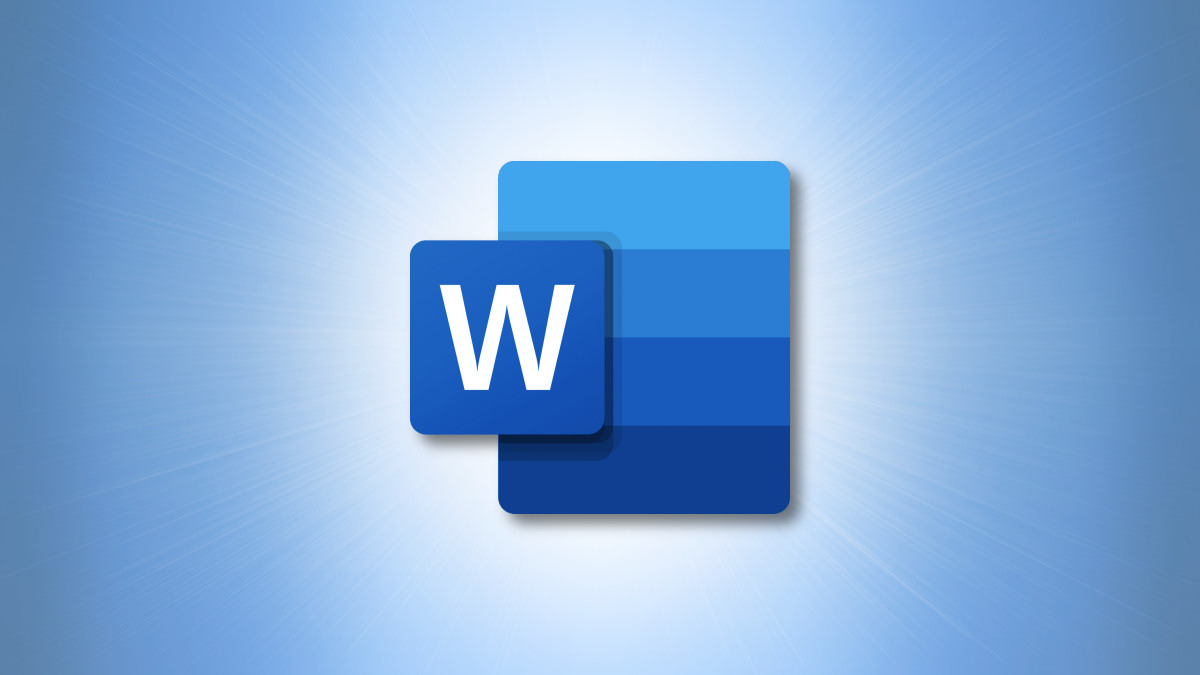#iPhone SE vs. iPhone 12 Mini: Which Should You Buy?

Table of Contents
“#iPhone SE vs. iPhone 12 Mini: Which Should You Buy?”

Between the $400 iPhone SE 2020 and the $700 iPhone 12 Mini, it’s safe to say that compact, affordable phones are back in style. But which tiny phone should you buy? The answer isn’t really clear, as the cheaper iPhone SE punches far above its weight only falls behind the iPhone 12 Mini in a few key areas.
Let’s Talk Size: How Small Is the iPhone 12 Mini?

Apple likes to brag that the iPhone 12 Mini is the smallest iOS device of all time—which is true. At 5.18 inches tall, the 12 Mini is nearly half an inch shorter than the iPhone SE and significantly smaller than any other device in the iPhone X, iPhone 11, or iPhone 12 lineup.
But don’t be fooled, the iPhone 12 Mini packs a lot in its tiny frame. Its 5.4-inch edge-to-edge display is comparable to phones like the Pixel 3a, and way bigger than the iPhone SE’s 4.7-incher. The iPhone SE’s big bezels and old-fashioned Home button use a lot of space that could go toward a larger screen, which is a downside if you do a lot of media consumption or GPS navigation on your phone. (For what it’s worth, the 12 Mini’s screen is also 4x more drop-resistant than the SE’s screen.)
If you’re a fan of a physical home button or Touch ID, then hey, the SE’s “wasted” space might be a plus-side. That’s right, the iPhone SE doesn’t support Face ID, but its fingerprint reader is reliable and mask-friendly. The iPhone 12 Mini, on the other hand, only supports Face ID and doesn’t have a fingerprint reader. Both phones also run the latest version of iOS 14 and have support for Apple Pay.
For many, the iPhone 12 Mini’s larger display and Face ID support are worth its price tag, but the iPhone SE’s use of Touch ID and a Home button might appeal to people who prefer the “old” iPhone design. Either way, we need to talk about the internal differences between those phones, as the 12 Mini’s camera and display technology are miles ahead of the SE.
Cameras and Display Are the Big Sticking Points

The biggest appeal of the iPhone SE, aside from its price, is its processing power. It uses the same A13 Bionic chip that powers the iPhone 11, providing flagship performance that feels nearly identical to the iPhone 12 series’ A14 Bionic. The main difference is GPU and AI performance, which are greatly improved on the 12 Mini to accommodate its updated display and cameras. The 12 Mini also has more RAM than the SE, which keeps the phone feeling snappy when you have a bunch of apps open.
In other words, you don’t need to worry about the iPhone SE being “underpowered,” but you do need to consider whether the camera and display improvements offered by the iPhone 12 Mini are worth an extra $300.
Let’s check out the difference:
- iPhone SE
- Retina HD Display: The iPhone SE’s 4.7-inch 720p (326 PPI) LCD display is comparable to the iPhone 11’s display. That said, it looks great, but it’s noticeably worse than the iPhone 12 Mini’s high-contrast, high-resolution display.
- Main Camera: A 12-megapixel main camera. Given enough light, this camera is up there with the best of ’em.
- Selfie Camera: A modest 7-megapixel selfie camera without depth sensors.
- Shooting Modes: Portrait mode, panoramic mode, slow-mo video, and time-lapse video.
- Video Quality: Cinematic image stabilization with the option for 4K 60FPS recording. Arguably the best video of any camera at this price point.
- iPhone 12 Mini
- Super Retina XDR Display: The 12 Mini’s 5.4-inch 1080p (476 PPI) OLED display makes other iPhones look outdated. Its increased pixel density and contrast ratio are incredible upgrades, and its support for HDR (High Dynamic Range) provides cinematic brightness and color that you won’t find on other iOS devices.
- Main Camera: Dual 12MP camera system for Wide and Ultra Wide photography. These are the latest and greatest iPhone cameras, rivaled only by the iPhone 12 Pro and Pro Max.
- Selfie Camera: A 12MP selfie camera with depth sensors for influencer-level shots.
- Shooting Modes: Advanced portrait mode with depth control, Night Mode, time-lapse, and panoramic mode slow-mo video.
- Video Quality: Like the iPhone SE, the 12 Mini supports 4K 60FPS recording. It also supports HDR Dolby Vision recording at 30FPS, which looks outstanding.
The iPhone 12 Mini has a marginally better display and camera array than the iPhone SE. That said, the SE’s display still looks modern, and its cameras are better than what you get with many Android phones. Even if you’re a camera nerd, the iPhone SE is still a compelling purchase, especially for the price.
Hold on; the iPhone 12 Mini has two exclusive features that we haven’t talked about yet! These features aren’t as important as display or camera quality, but they could push you to spend the extra $300 on an iPhone 12 Mini.
Don’t Forget 5G and MagSafe!

Apple is really excited about two of the iPhone 12’s brand-new features—5G and MagSafe. Some people will never use these features, but they’re actually very cool and could nudge you closer to the iPhone 12 Mini.
You probably know all about 5G by now. It’s the new wireless standard that should eventually blow 4G out of the water. The benefits of 5G are negligible today unless you happen to live within a block of a mmWave tower, which you almost certainly don’t. But over the next few years, 5G will find its way to your neighborhood and dramatically increase the speed and reliability of your phone’s wireless connection. If you buy an SE today, you’ll be stuck with slower (but perfectly acceptable) 4G LTE speeds.
And then there’s MagSafe—the technology is a magnet built into the 12 Mini’s backside, which allows you to magnetically connect your phone to wireless chargers, cases, wallets, studio lights, mounts, and other accessories. It’s an inspired idea, which is why companies like Moment, Otterbox, and PopSockets are already rushing to design inventive MagSafe accessories. Still, MagSafe may not matter much to you, and it’s too early to tell how useful the technology will be.
Realistically speaking, 5G and MagSafe won’t matter much to the average person in 2020. And even if you’re a big dork like me, these two features probably aren’t worth an extra $300. But when you look at the iPhone 12 Mini’s various other perks, like its larger HDR display, its incredible cameras, and its use of Face ID, the upgrade seems a lot more compelling.
The iPhone 12 Mini and iPhone SE are both incredible phones with great cameras and powerful processors. Either device should fit your needs for the next few years, although you may want to spend the extra $300 on the 12 Mini if you want best-in-class cameras and a larger (but still small, relatively speaking), better display. Other differences, like 5G and MagSafe, may not matter much to the average person until both technologies are more popular.
For forums sites go to Forum.BuradaBiliyorum.Com
If you want to read more like this article, you can visit our Technology category.




